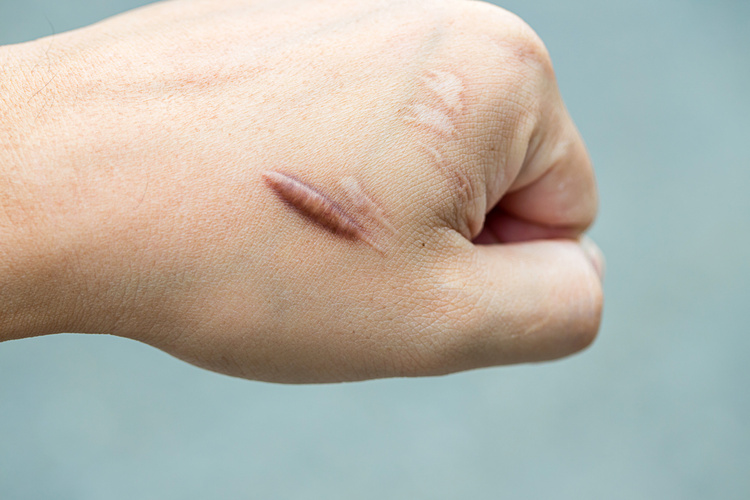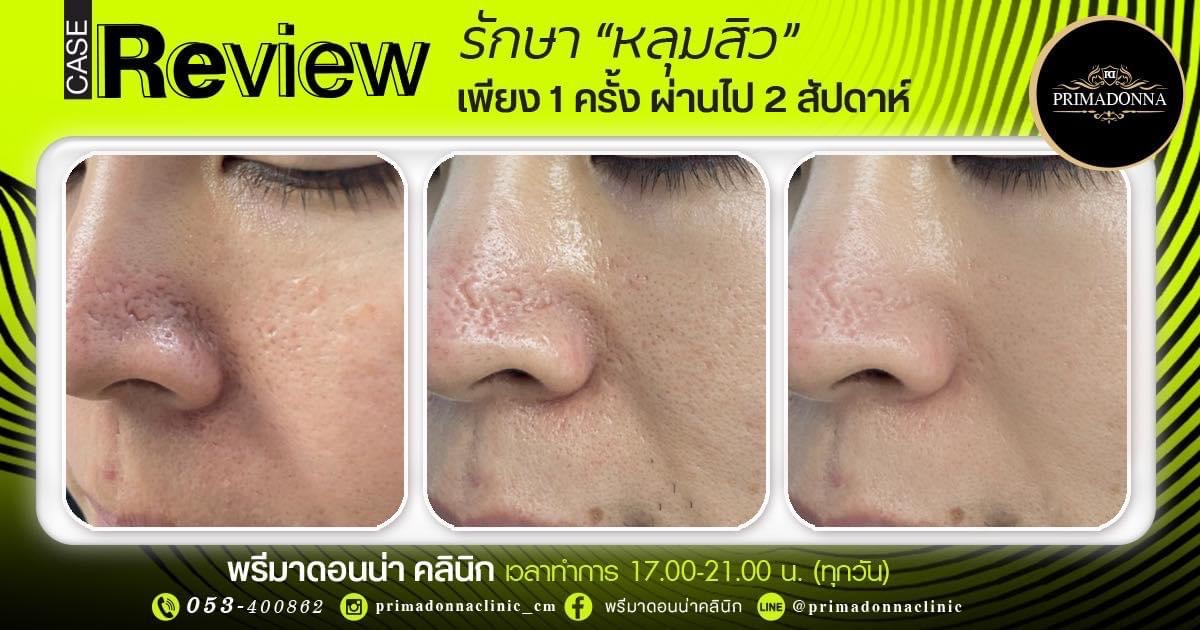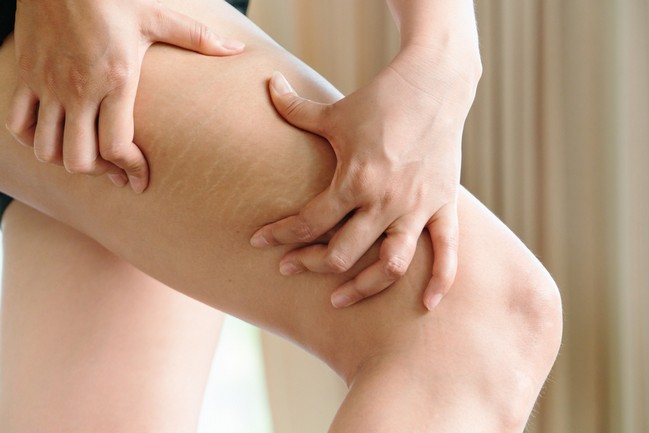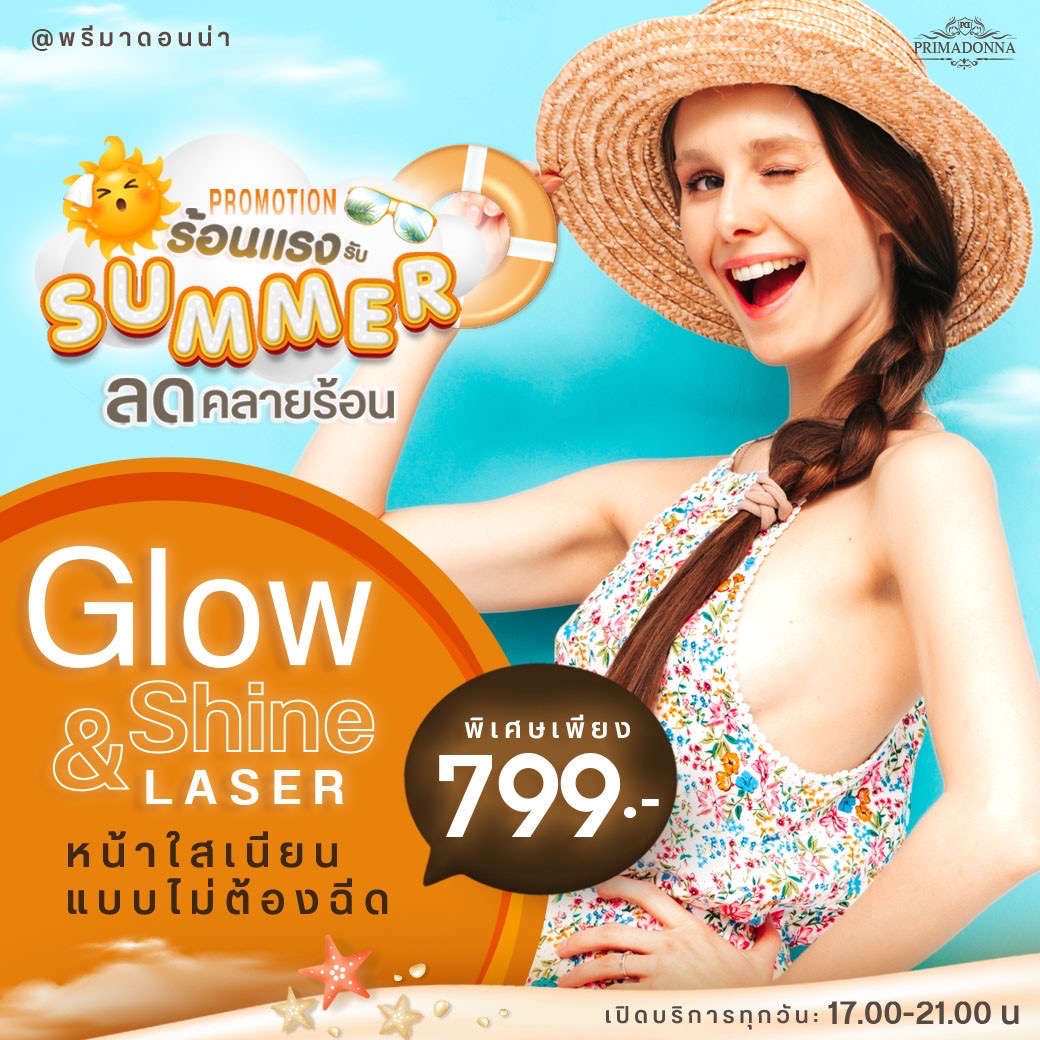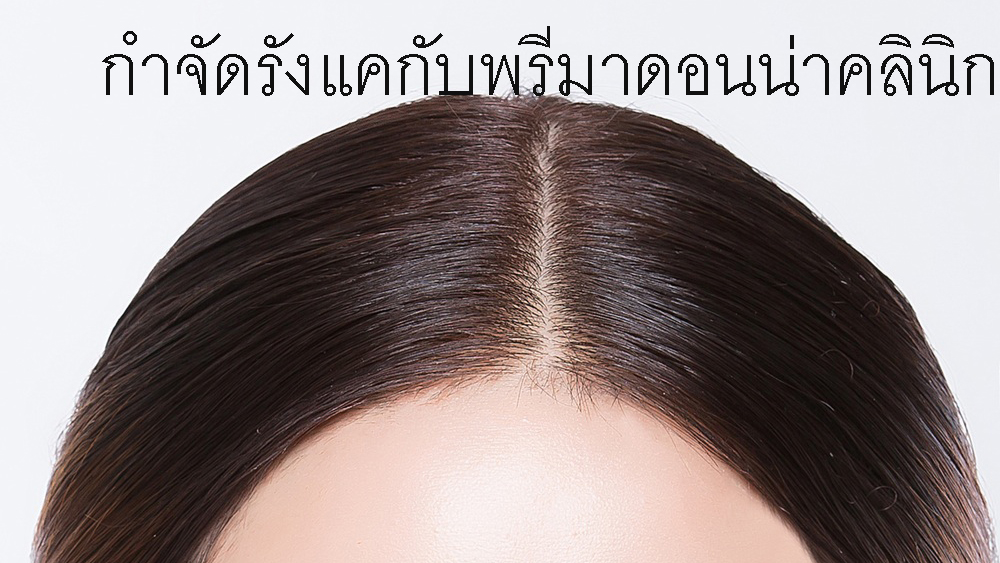
Hair Loss Problems
Hair Loss Problems
Hair loss in the horse can be caused by something simple, such as environment and temperature, or it can be caused by an infectious skin disease, such as ringworm (fungus) that invades the hair follicles of the skin; dermatophilosis, a superficial bacterial skin disease; or be the result of scratching due to an allergic skin reaction, usually due to the bites of insects.
There are three phases of hair growth in the horse. Anyone who has clipped his or her horse closely in the winter months, or has clipped the hair from around a wound, has noticed how the hair has a growth period (anagen), a resting period (telogen), and a time when the horse sheds as new hair arrives. Generally, it takes three to six weeks for hair to grow after it has been lost, although that time varies in each individual and is dependent on genetics. Horses will shed their hair seasonally as a result of changes in the length of daylight. Adjacent hair follicles tend to be in different phases of the growth cycle, so that no obvious shedding or bare spots are observed. You are used to seeing such cycles, but what happens when suddenly your horse has a completely bare spot?
If the area of hair loss is under the mane, it could be for a benign reason encountered by many horses during the summer. Excessive sweating during hot or hot and humid times of the year will occur where heat is trapped under the mane. Sweat is absorbed by the keratin layer of the epidermis, and the hair follicles remain moist for the duration of the hot weather. That moisture causes the hair follicle to soften and release the hair.
The high protein and salt content in the horse’s sweat also can dry in contact with the horse’s skin and cause irritation, which can lead to hair loss as well. Dried sweat and dirt with or without the added pressure of insect bites may result in the sensation of itch. Subsequent rubbing of the area by the horse may rub out patches of hair.
Hair loss due to heat and sweat also is commonly observed on the faces of horses, around the eyes and the ears. This pattern of hair loss is many times the result of some horses’ aversion to having their faces washed during a bath or after hard work. The sweat and dirt accumulate, spurring the loss of hair, and the horse appears as if he is wearing gray goggles.
Proper management, careful grooming, and weekly washing of the horse with a mild non-irritant shampoo can help prevent hair loss due to the aforementioned reasons. However there still are many horses which might glow with regular care and grooming, but lose areas of hair anyway. The owner, while doing his/her best to prevent hair loss, might eventually have to accept this as normal for the horse. Horses with long manes for show purposes, like the Arab mentioned in the question, might fare well with their manes French-braided to avoid having the heat trapped against the neck. Small individual braids will break the hair, but a French braid directly down the top of the neck that is redone every few days will keep long manes intact.
Other, more serious hair loss can stem from dermatophyte infections. If there is crusting associated with hair loss (along the leading edge of the bald area), the horse may have a dermatophyte infection (ringworm). Before purchasing and applying medications for this condition, you should make sure that ringworm is, in fact, the cause of the hair loss. Your veterinarian will pluck some hair from the leading edge of a lesion and culture the hair on special dermatophyte test media (DTM). The procedure is reasonable in cost and ensures proper therapy.
There are a number of topical antifungal agents that may be used in the treatment of ringworm that are available over-the-counter from your drugstore or pharmacy. Your veterinarian may choose to prescribe medicated shampoos or rinses, particularly if the lesions are widespread. Home remedies such as bleach are not recommended as these agents dry and may burn the skin.
For proven ringworm, treatment failure may occur when topical anti-fungal ointments sit on top of the skin and surrounding hair and do not reach the hair follicle, where it is needed. A soft toothbrush for small discreet lesions or a larger soft brush may be used to gently brush medication on the skin to ensure the medications reaches the base of the hair. Here are the steps for effectively treating a fungal condition:
Dermatophilosis, a superficial bacterial skin infection, may also occur in moist conditions. The lesions initially occur as small crusts, which leave a bare spot when they are removed. The hair is trapped in the crust and sticks through the underside of the crust resulting in a paintbrush like appearance. If left untreated the affected areas may enlarge, coalesce, and if the crusts fall off, be devoid of hair. Dermatophilosis is treated with thorough grooming using clean designated equipment (it can also be spread by grooming equipment) and medicated shampoos.
You should determine if your horse scratches the affected area. Insect bites and the subsequent pruritus may result in the hair loss due to self trauma. If hair loss persists or progresses to larger areas you should consult your veterinarian for a definitive diagnosis and treatment.
